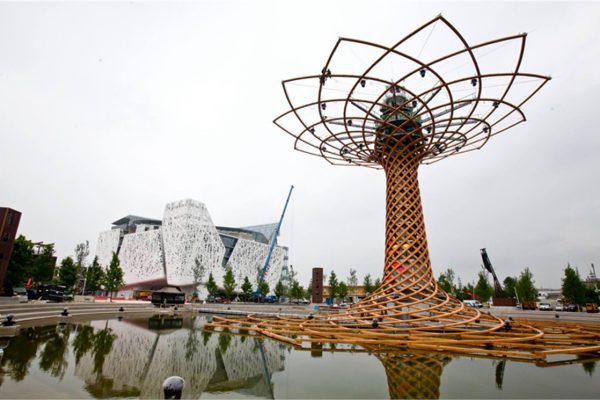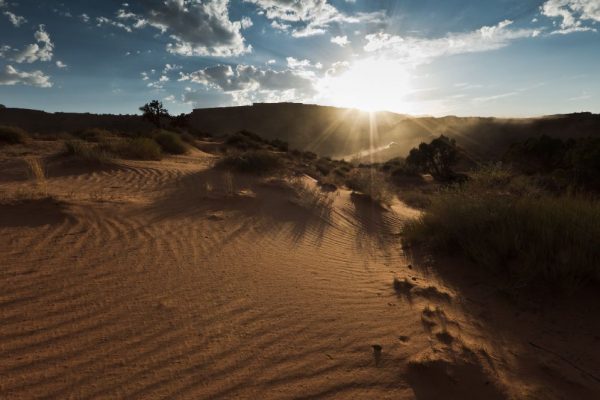Survive in the desert: a dream for the inhabitants of desert regions. Although deserts are the environments in which life is more difficult, there are nevertheless some surviving strategies. Life in the desert and the survival techniques: one of the nine clusters that will be present at Expo2015 in Milan.
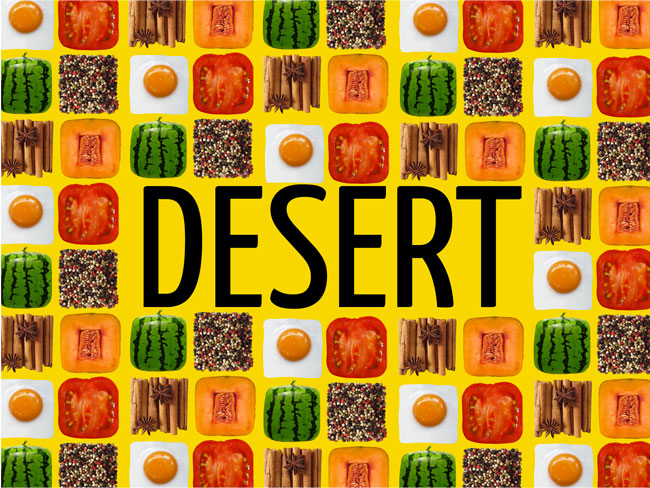
Discover our stand at Cersaie 2014 and the photographs of the event Tiles & Food Novoceram.
1/ Introduction to the context of life in the desert
¼ of the Earth’s lands are nowadays arid lands but they still account for 1/6 of the world population. Although difficult, life in desert and arid regions is nevertheless possible thanks to the ingenuity of men.
The dryness of deserts forces all forms of life to adapt to these extreme living conditions.
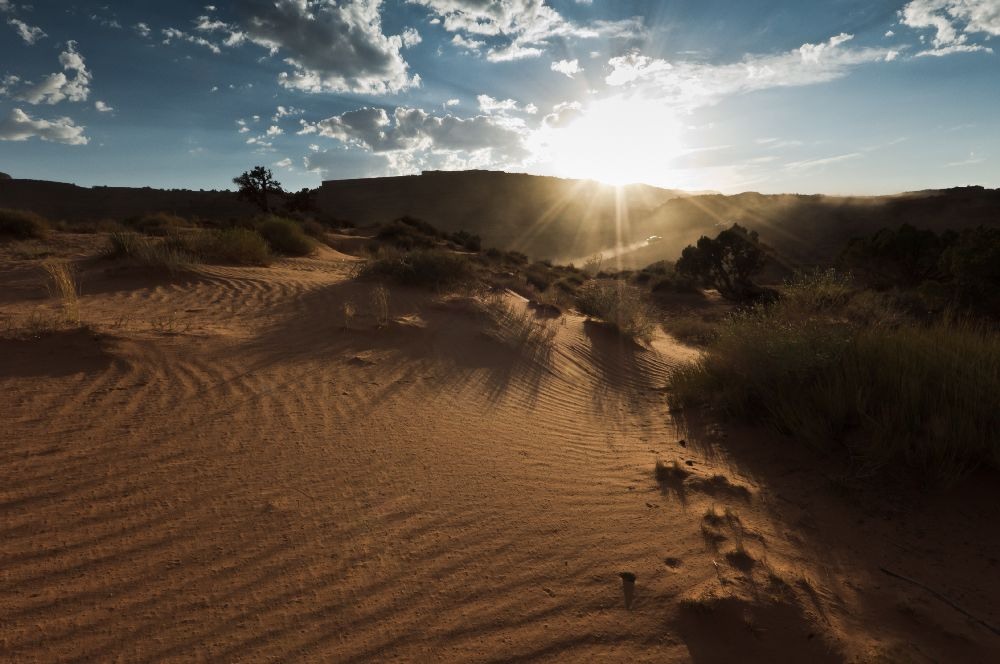 ©Léonard Rodriguez https://500px.com/leonardrodriguez
©Léonard Rodriguez https://500px.com/leonardrodriguez
1-a/ The deserts
Deserts are lands characterized by a few particular conditions, as for instance low and irregular rainfalls, a soil evaporation greater than the total amount of rainfalls, a constant and strong wind, arid soils, rare vegetation and a fairly scarse fauna.
The main deserts are:
Sahara : 8 600 000 km2
Arabian Desert : 2 230 000 km2
Libian desert : 1 683 000 km2
Australian desert : 1 500 000 km2
Gobi desert : 1 036 000km2
Some deserts are always hot throughout the year (eg the Sahara), others instead are cold in winter (the Gobi Desert, Mongolian desert, Takla-Makan desert in China).
1-b/ Oasis
An oasis is an isolated green area in the desert and it is accompanied by a zone of water.

Oasis cover 30% of desert areas and host 150 millions of people.
1-c/ Desertification
Desertification has two main reasons: it can be a natural phenomenon or it can be caused by men as well.
2/ How to survive in the desert
2-a/ Agriculture in the desert
Since prehistoric times, men have traveled and settled in arid deserts, finding techniques and strategies to survive even in the hardest conditions.
Agriculture has therefore become possible: food grains like sorghum, millet and corn coexist with other crops such as cotton. Cattle is often the primary food source.

The arboriculture is widespread in the Saharan and pre-Saharan region and it represents a very important agricultural resource.The most common fruit trees are figs, peaches, pomegranates, grapes, quinces, plums, pears, palm trees, olive trees and apple trees, intended in particular for self consumption, and almonds and apricots intended for trade. Trees and their fruit plantations alone provide about 40% of the added value of the entire production. Fruits are very important in these difficult economic areas, in addition to their nutritional qualities.
2-b/ An emblematic fruit: the date
The date is the edible fruit date palms.
It is a fleshy fruit, often between 4 and 6 cm in length and with a lenghtened core.
It is a very energetic fruit and it contains a lot of water: the fresh date in particular contains 70% water. The word “date” comes from the Greek “dactulos” (which means “finger”), in reference to its shape.
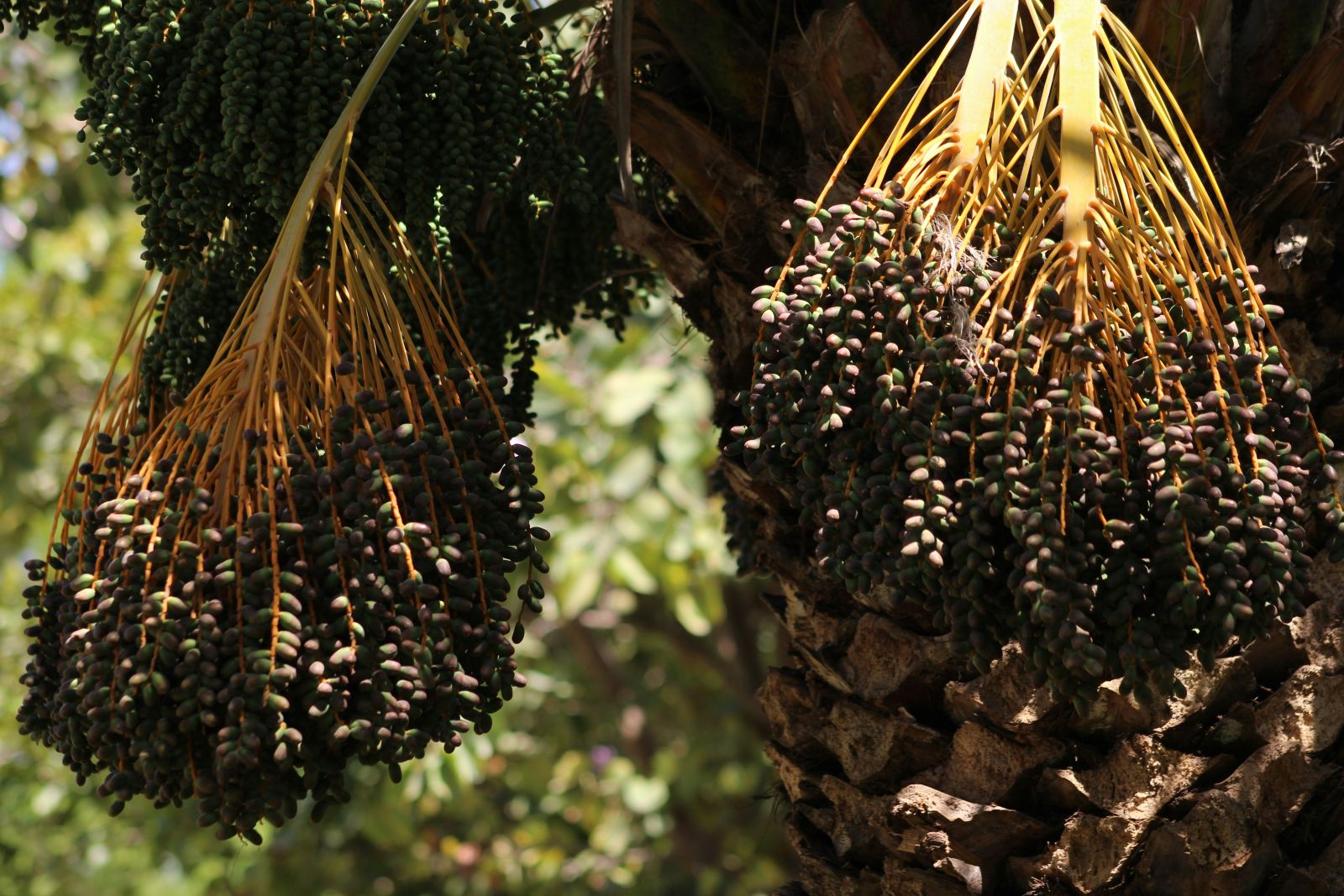
Every second 117 pounds of dates are produced worldwide (about 5 million tons per year).
70% of the world production comes from Arabian countries.
The date is produced in more than 130 countries: Egypt, Iran, Saudi Arabia, UAE, Iraq, Pakistan and Algeria.
90% of dates is generally consumed in its country of origin.
Europe is supplied by North African countries mainly by Tunisia, the largest exporter of dates, and Algeria.
41% of dates produced all over the world in 2005 came from the Mediterranean Area (2.074 million tons).
Iran produces 20% of world production, Saudi Arabia 19%, Algeria 10%.
In 2003, 6.7 million tons of dates were produced throughout the world.
Dates are the most eaten fruit in arid regions (5th place), followed by citrus, mango, banana and pineapple.
2-c/ The Tuareg people
The Tuareg are the inhabitants of the Sahara (Algeria, Libya, Niger, Mali and Burkina Faso).
Many Tuareg have abandoned the nomadic life to settle in large cities bordering the Sahara: Tamanrasset (Algeria), Agadez (Niger) or the capitals of the Sahel countries (Bamako, Niamey).
Their diet is composed mainly of Taguella (bread baked in the ashes), meat, mutton and goat or camel or sheep milk. Their foods are always accompanied by tea.
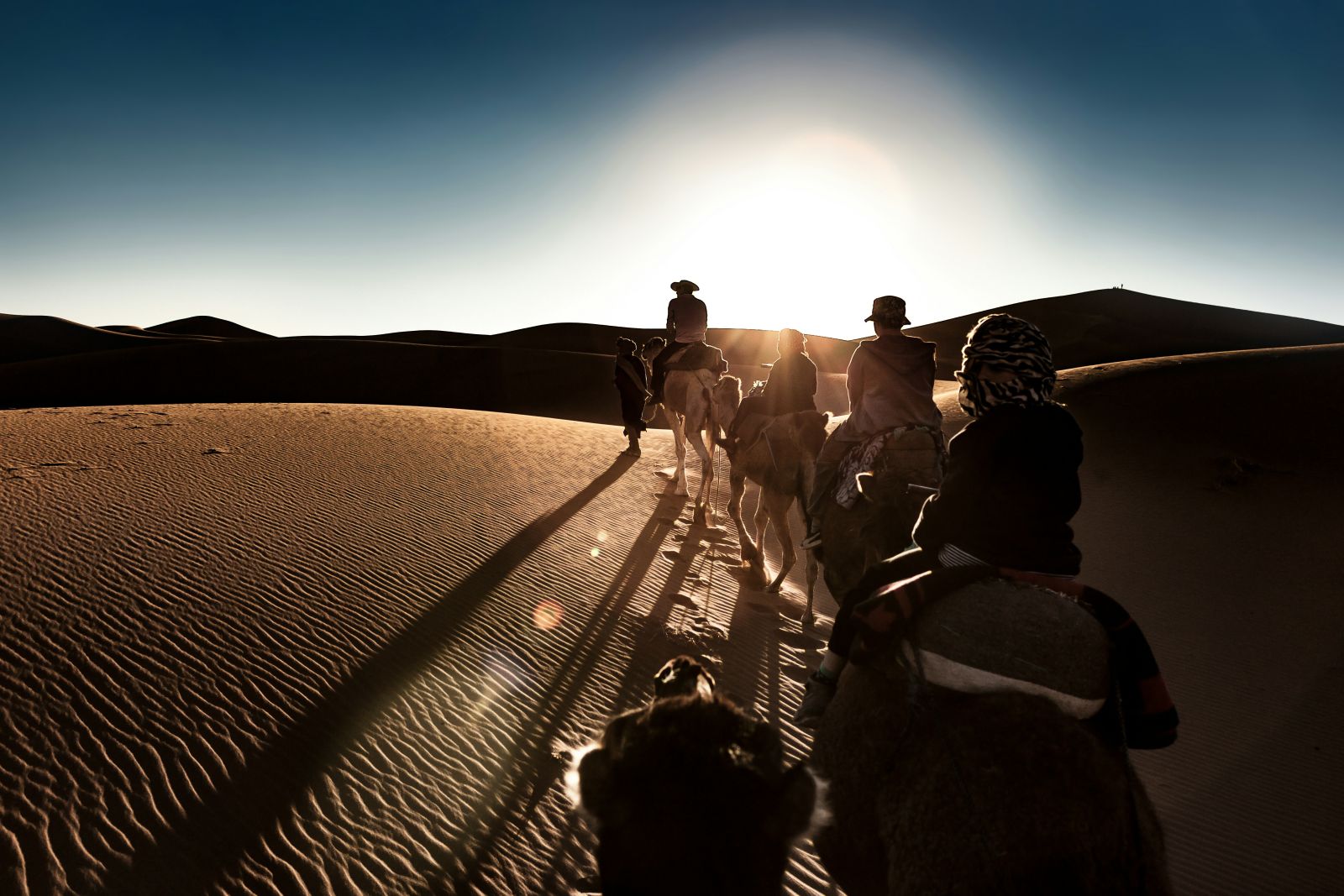
When their herds are decimated by droughts, many Tuareg people move from deserts into towns where they work as leather craftsmen, desert guides or blacksmiths.
The mint tea is very sweet and it causes a limitation of urinary losses; Sugar is the energy for the body and mint in its turn slows down the heart rate and the activity of the central nervous system.
2-d/ Greening the desert: an ambitious but vital project
Some techniques to green deserts have been discovered:
embankments
grass strips
replanting of green areas
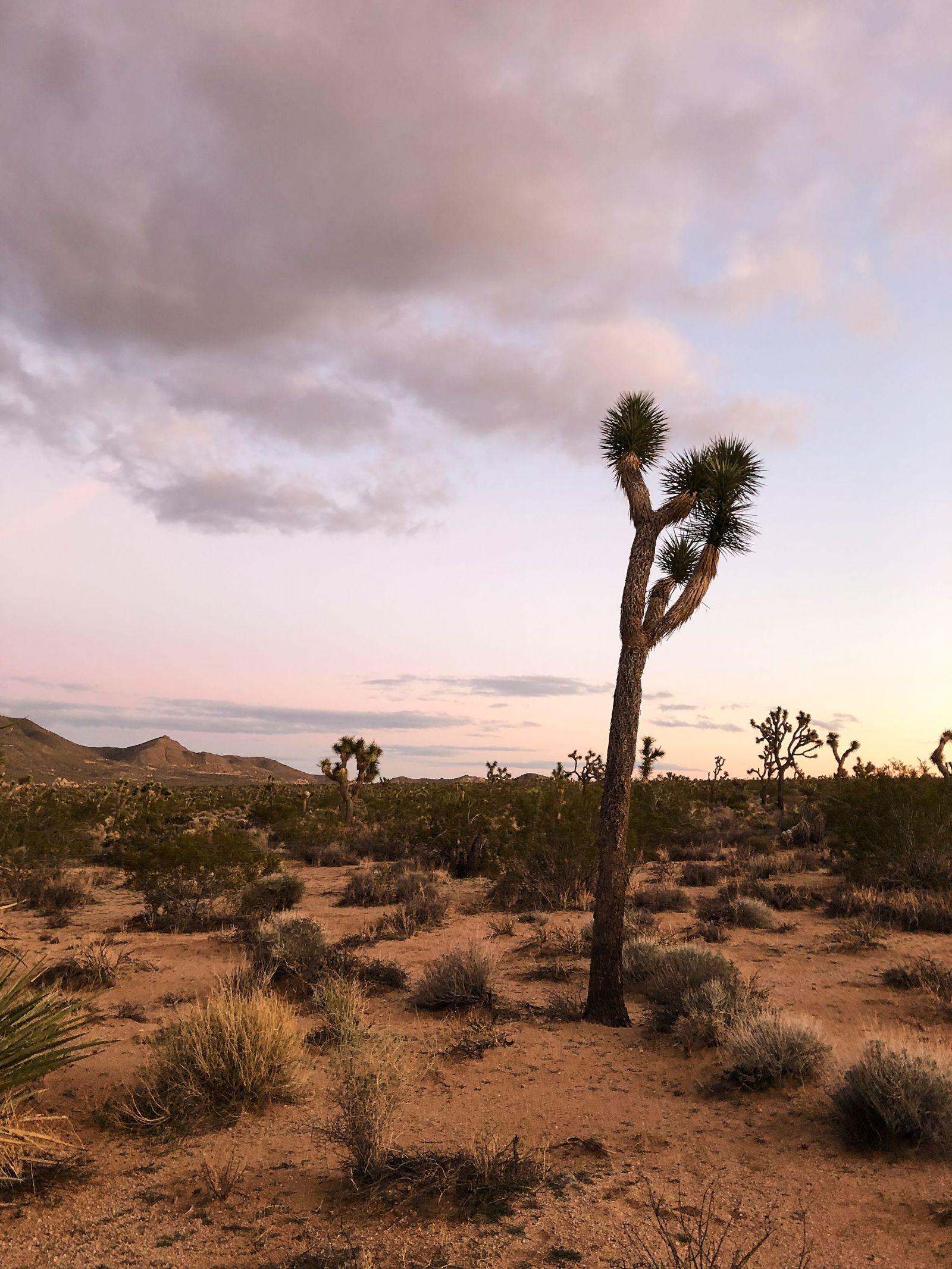
There are other techniques: Qanat (practiced in Asia) and foggaras (in Africa) are two subterraneous irrigation systems that collect water infiltrations, and Noria a system that takes water from the rivers of desert environments (Tigris, Euphrates, Nile).
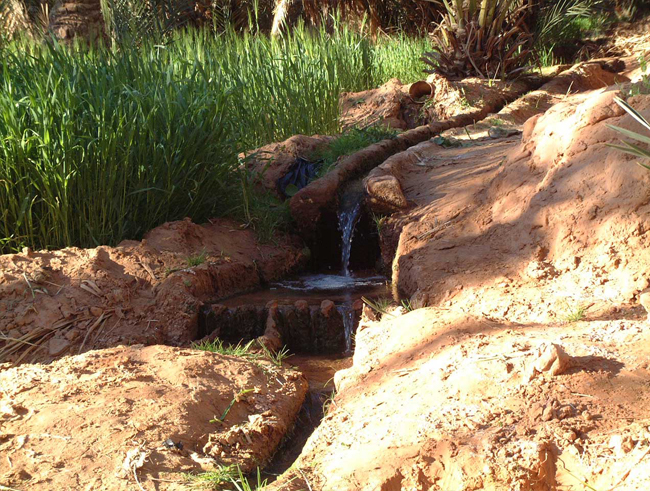
©Saperaud http://commons.wikimedia.org/wiki/File:Foggara_01.jpg?uselang=fr
Trees are important because they provide shade, contribute to soil fertility, provide food for livestock, are useful for the pharmacopoeia to provide the resources for trade, like shea or gum arabic.
NOVOCERAM IS NEITHER PARTNER NOR SPONSOR OF EXPO 2015.



